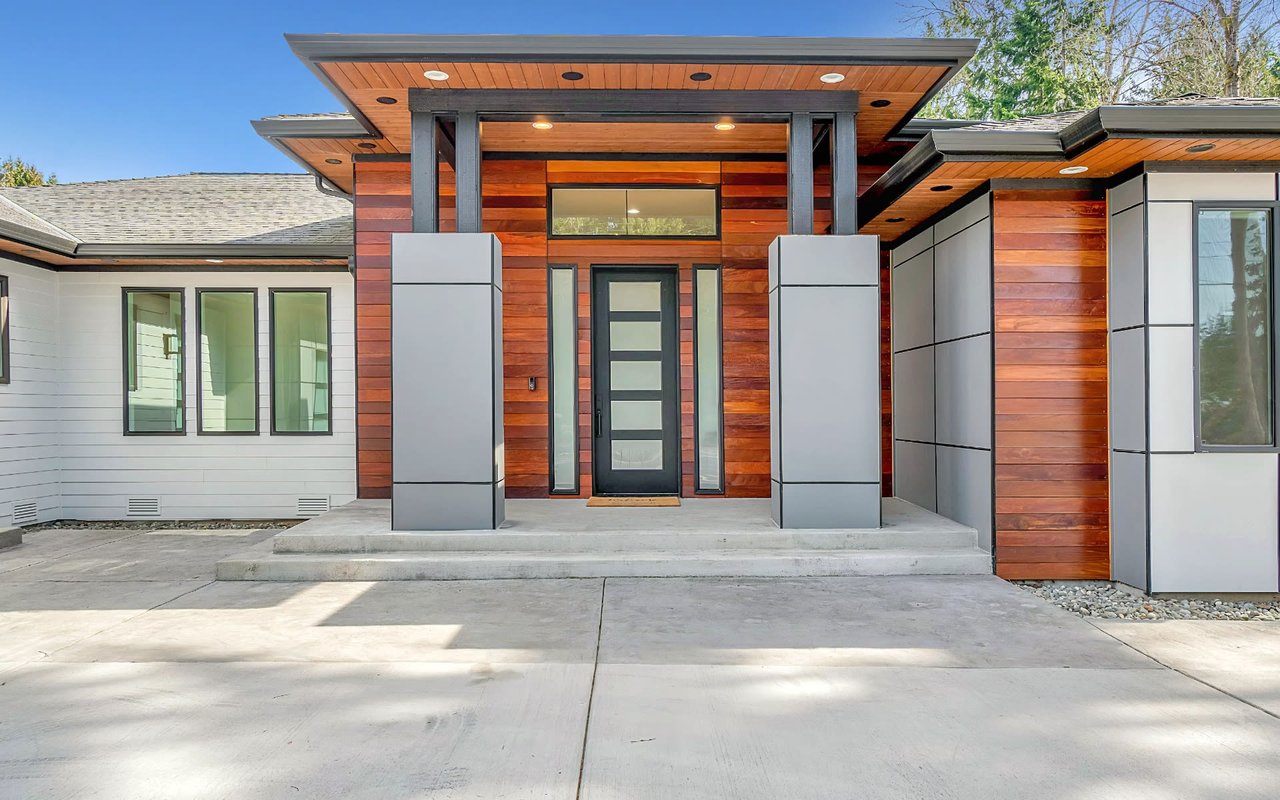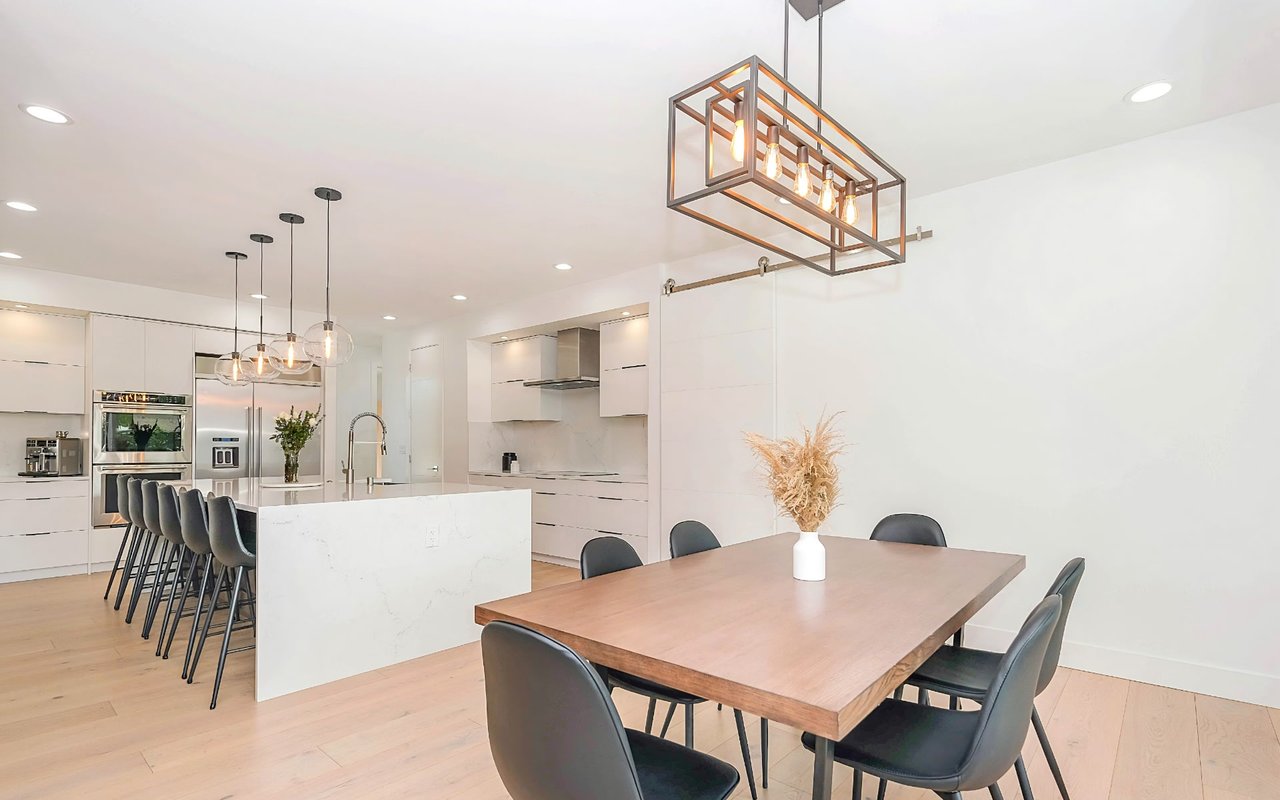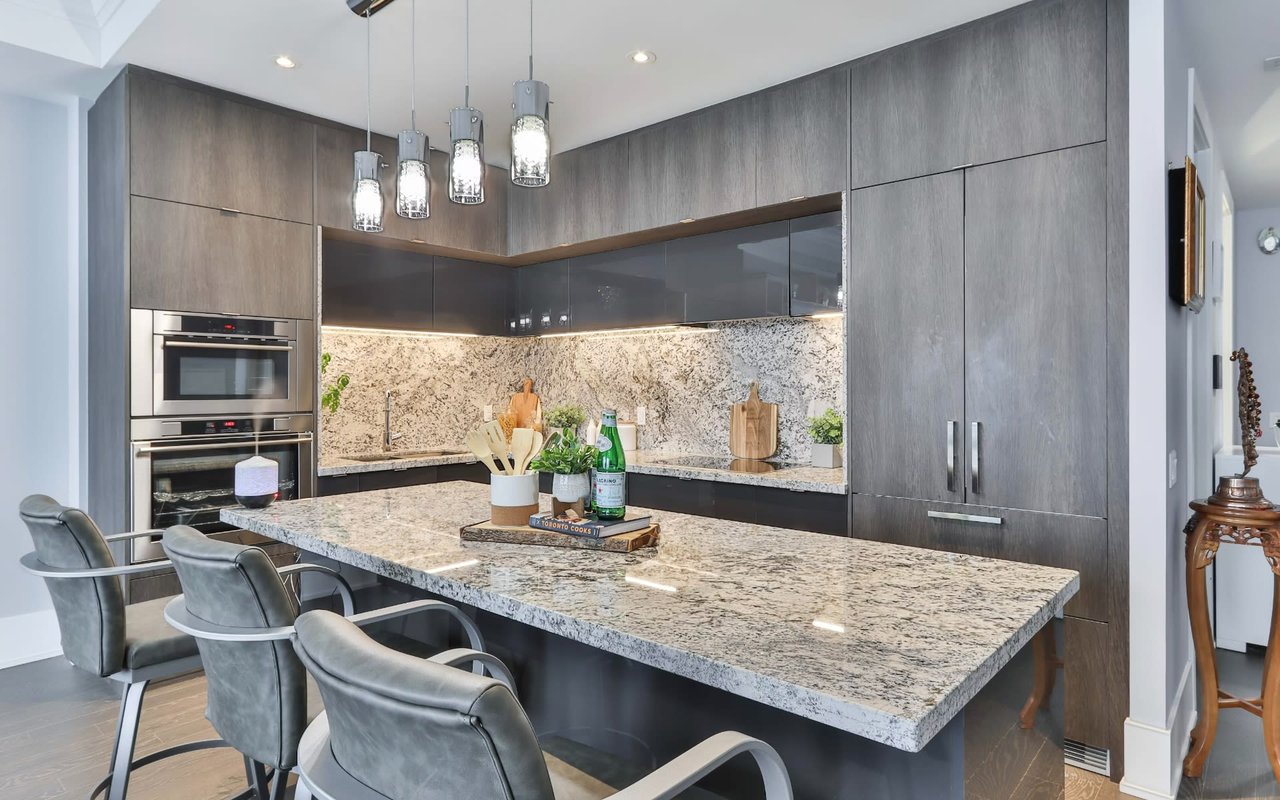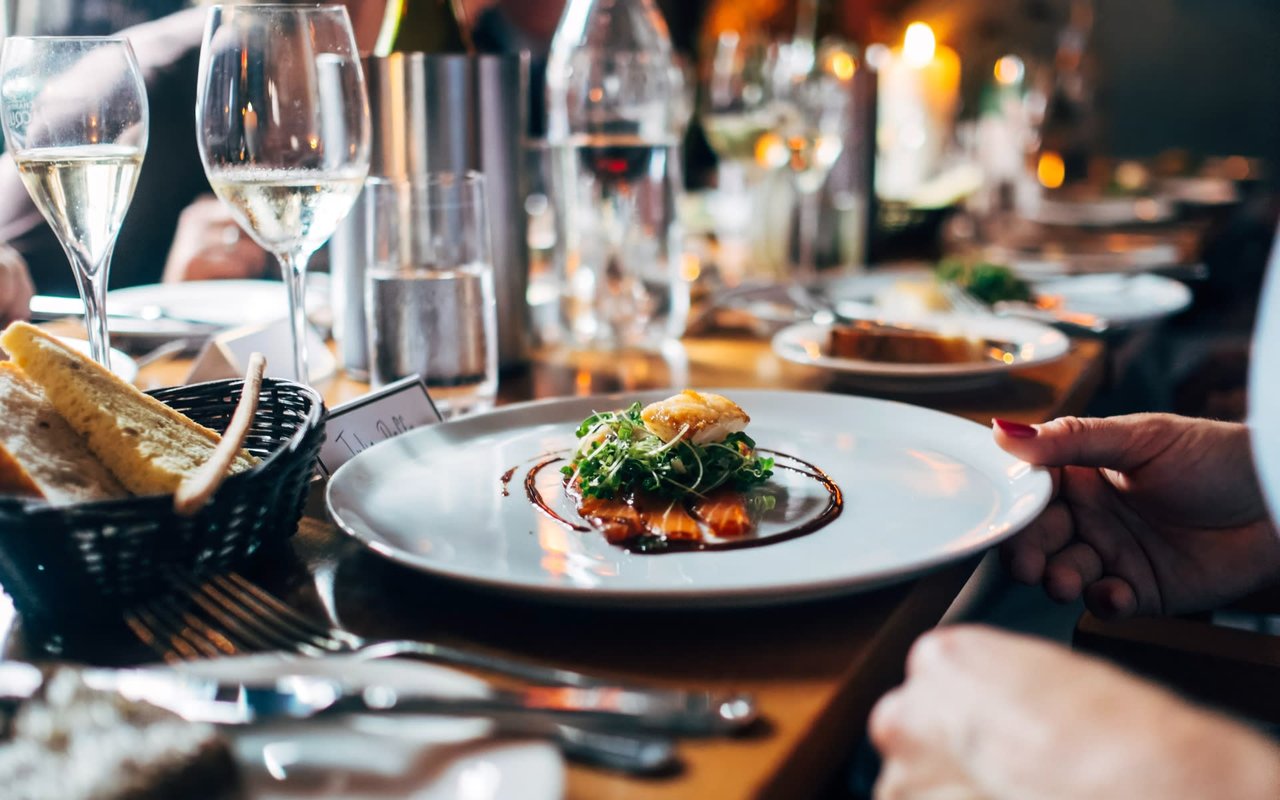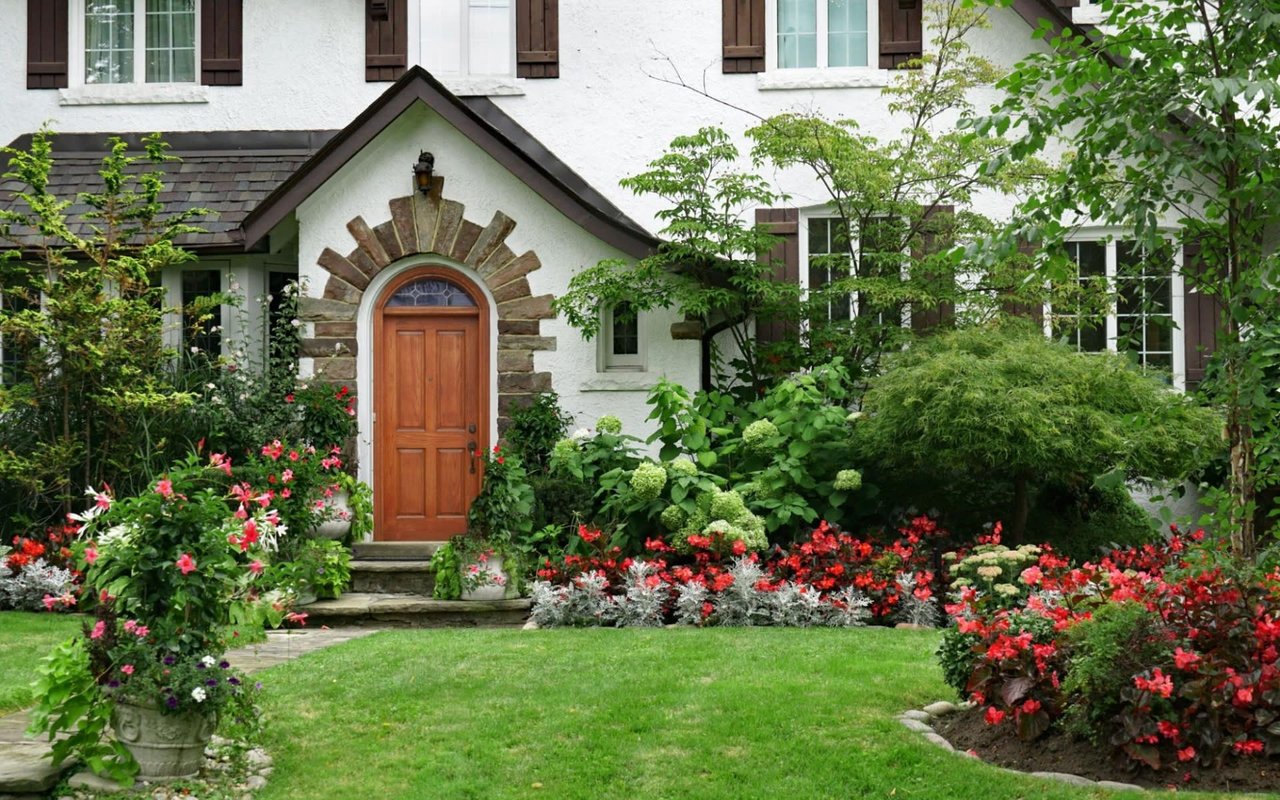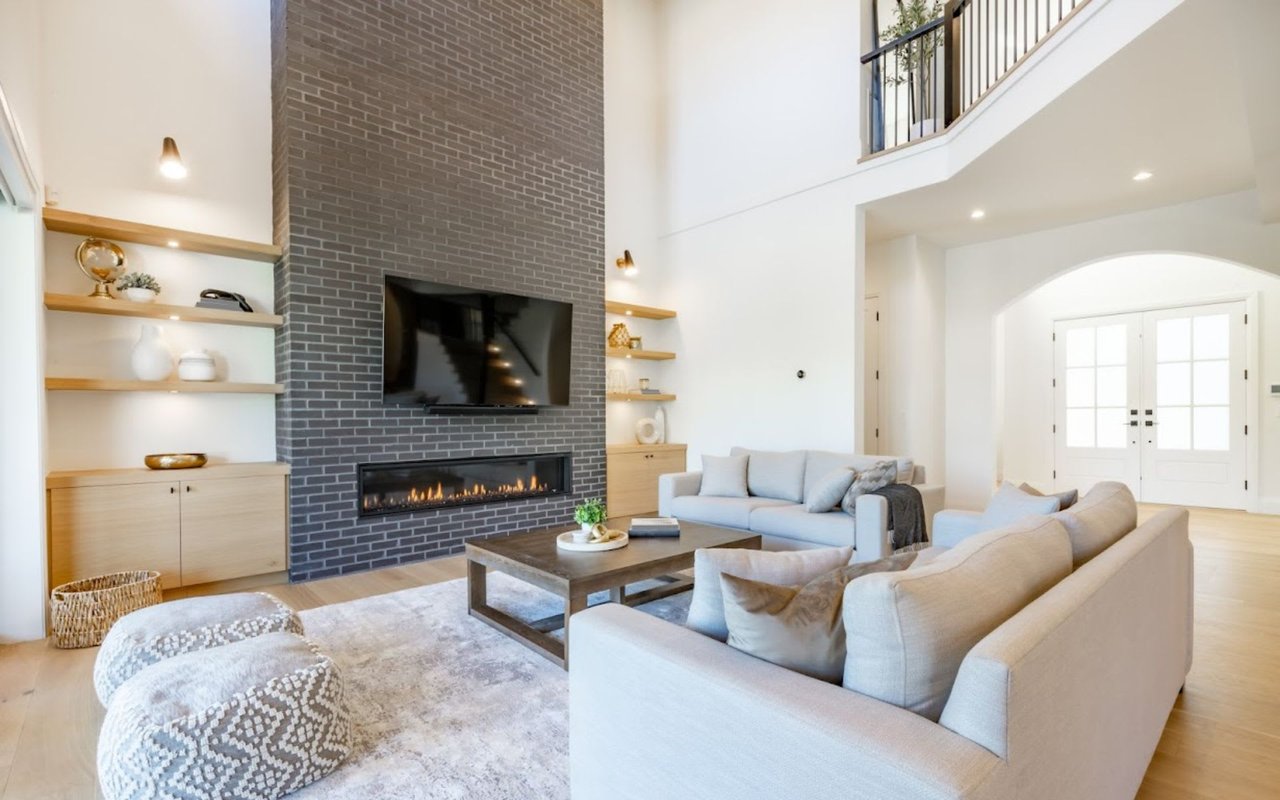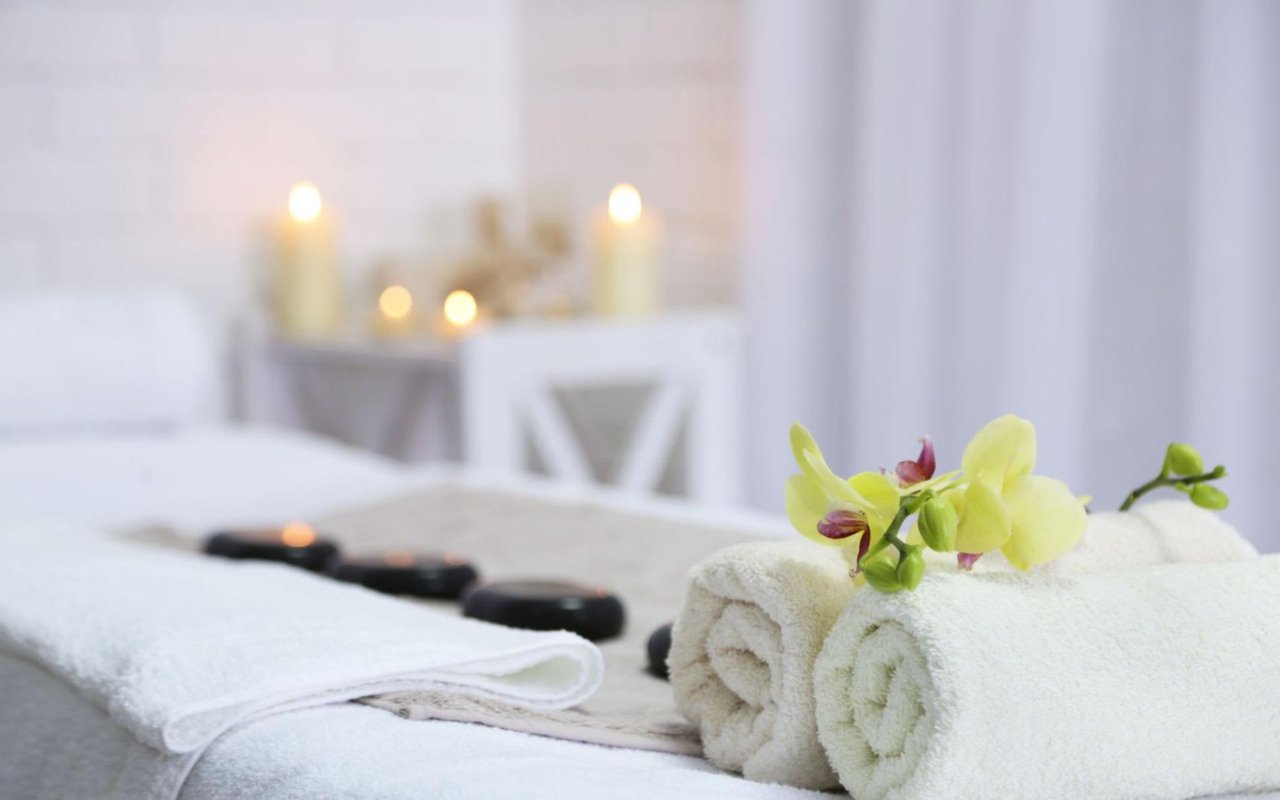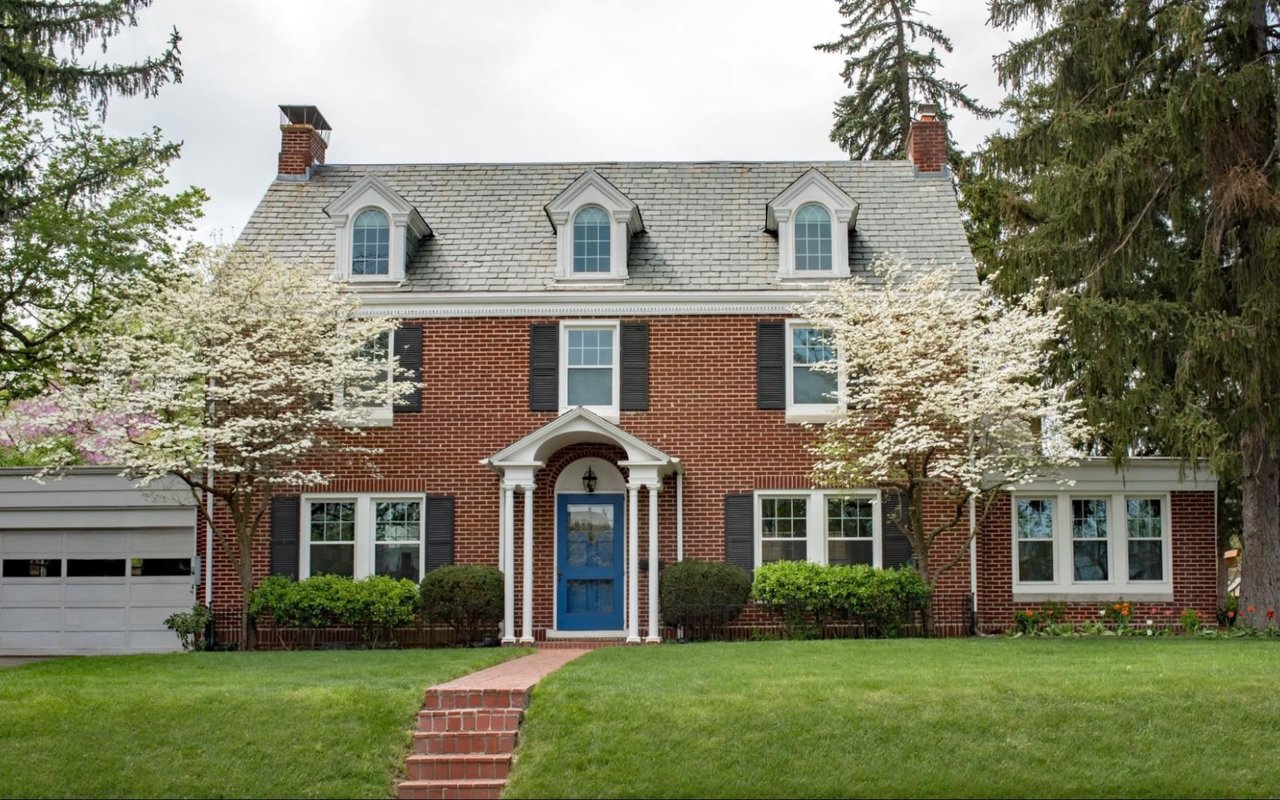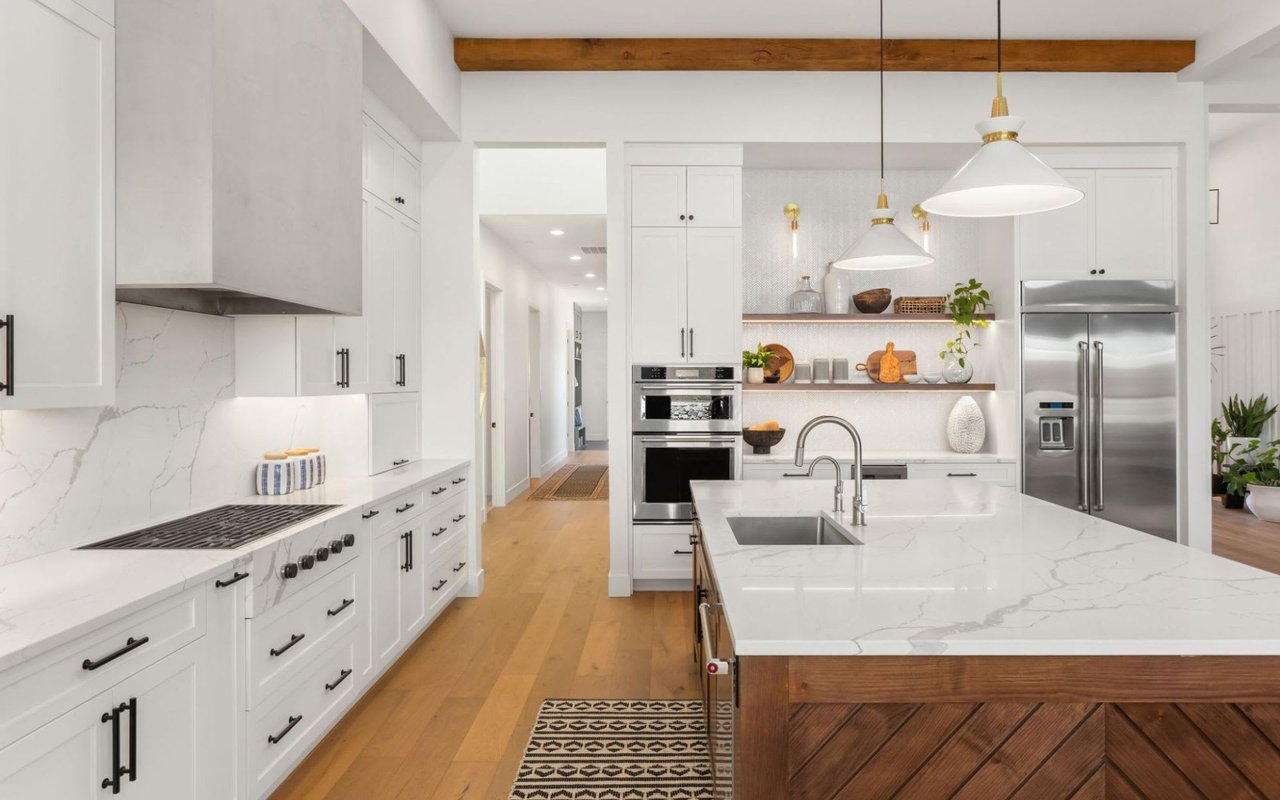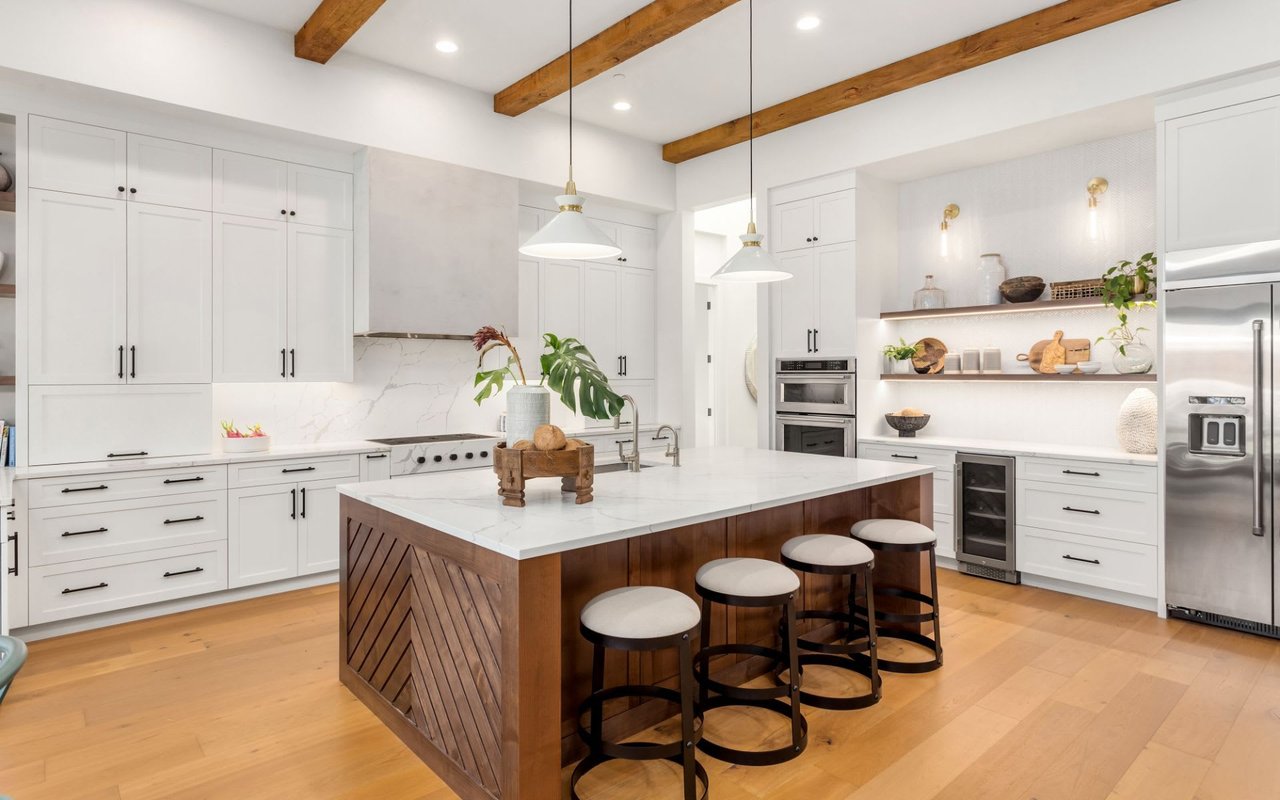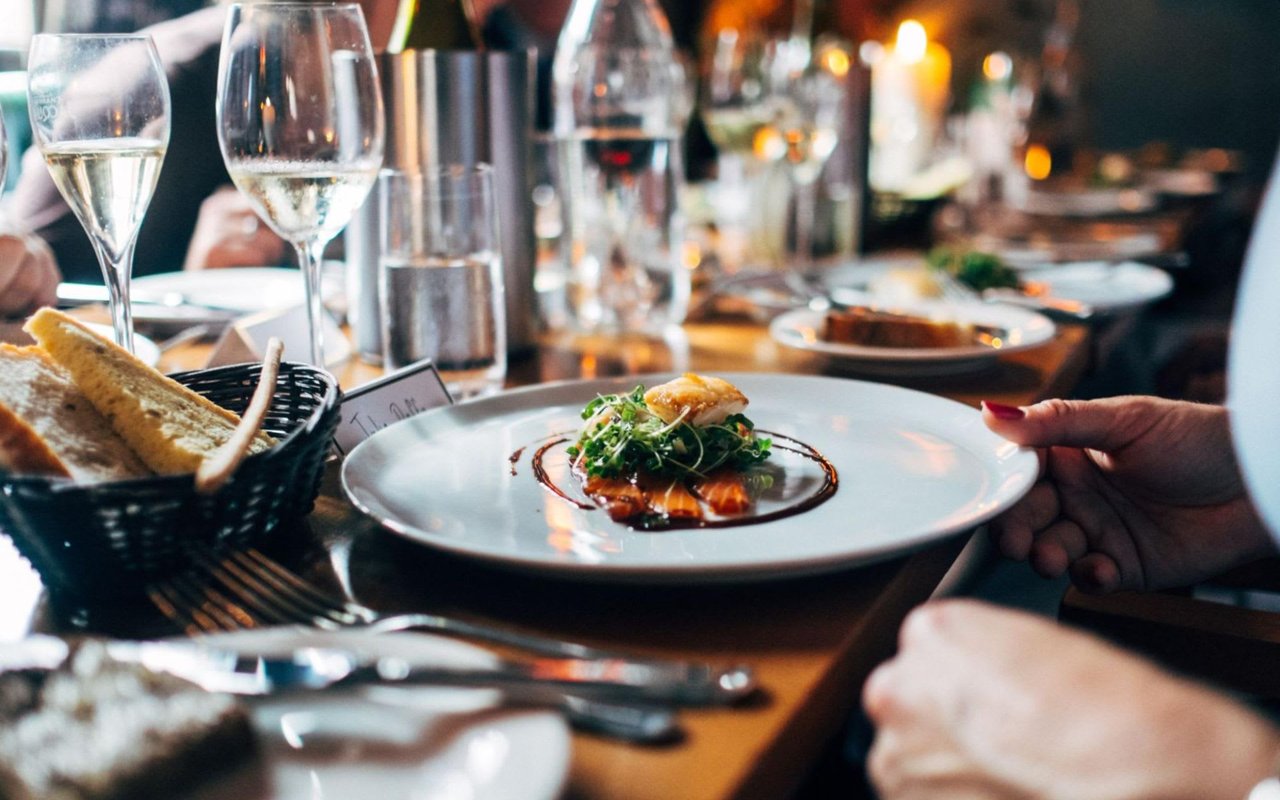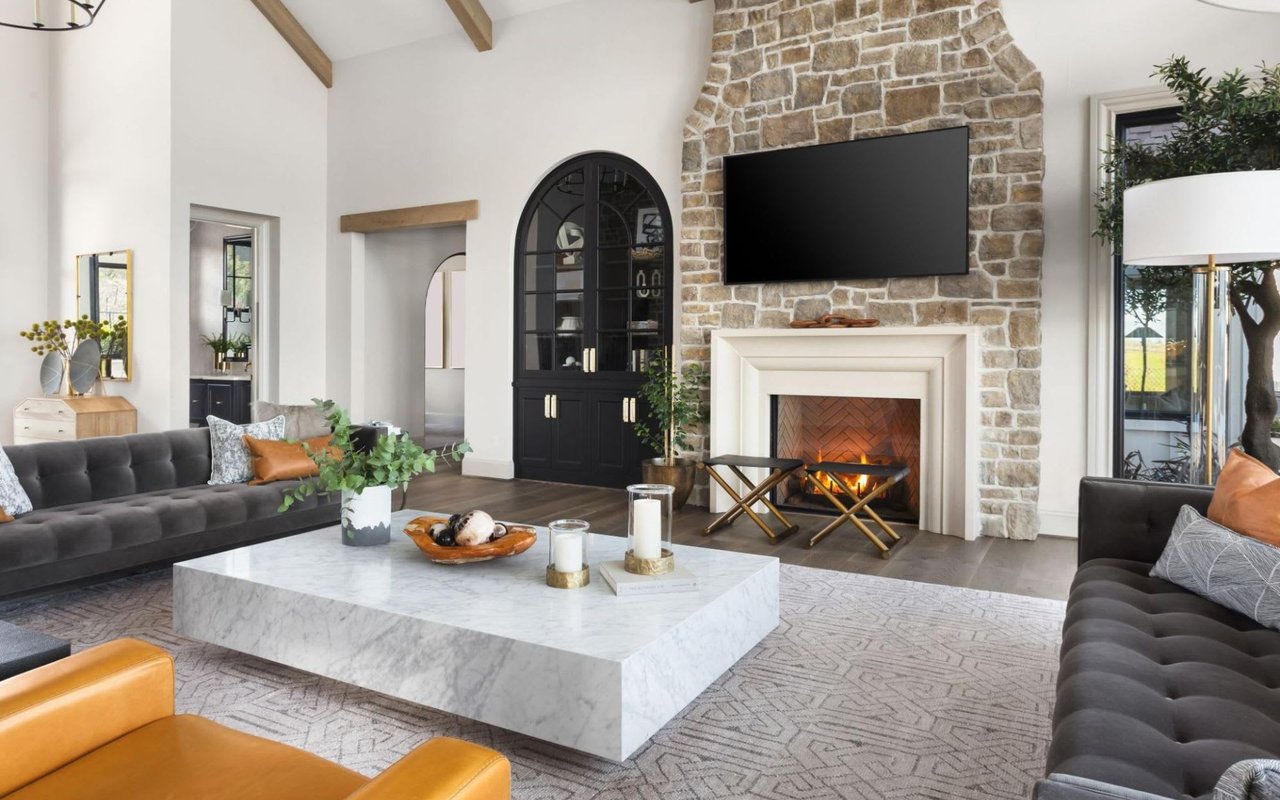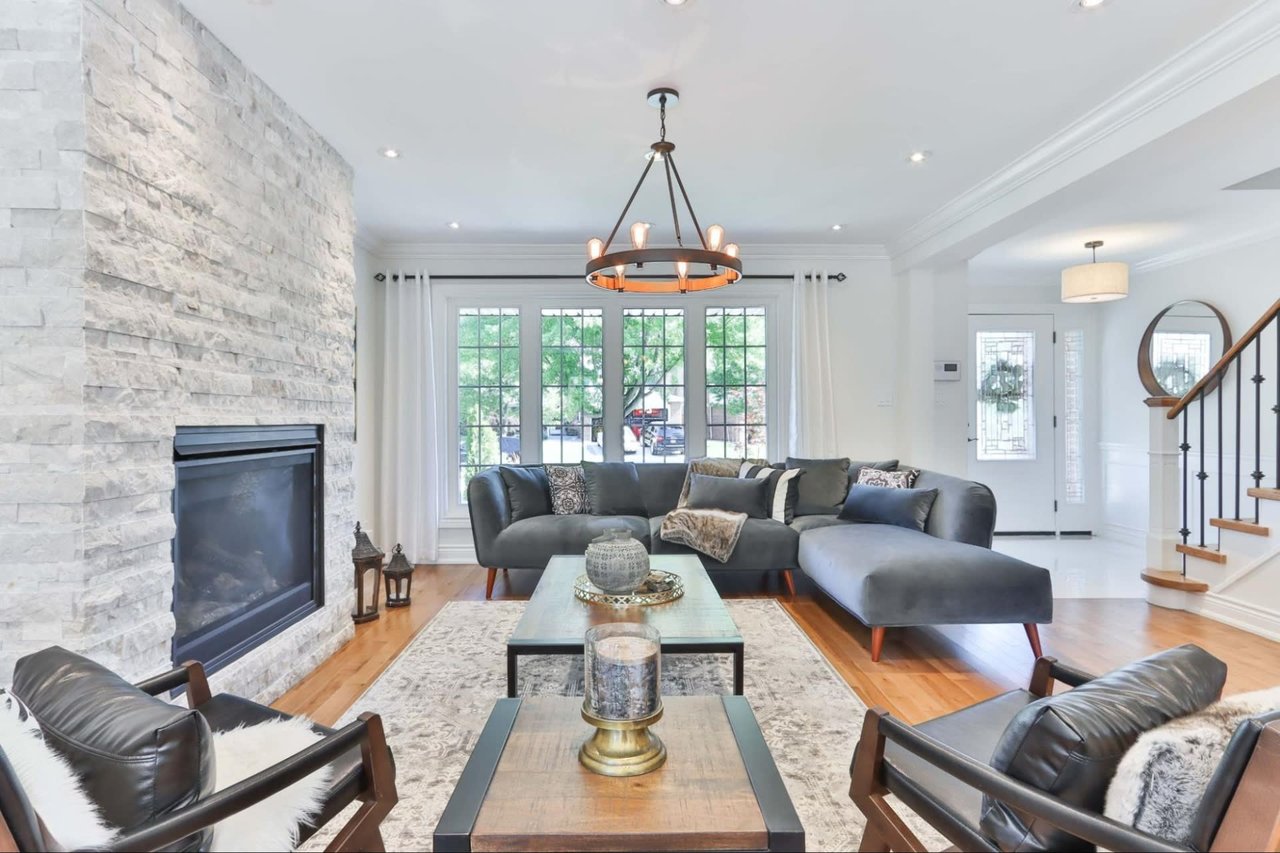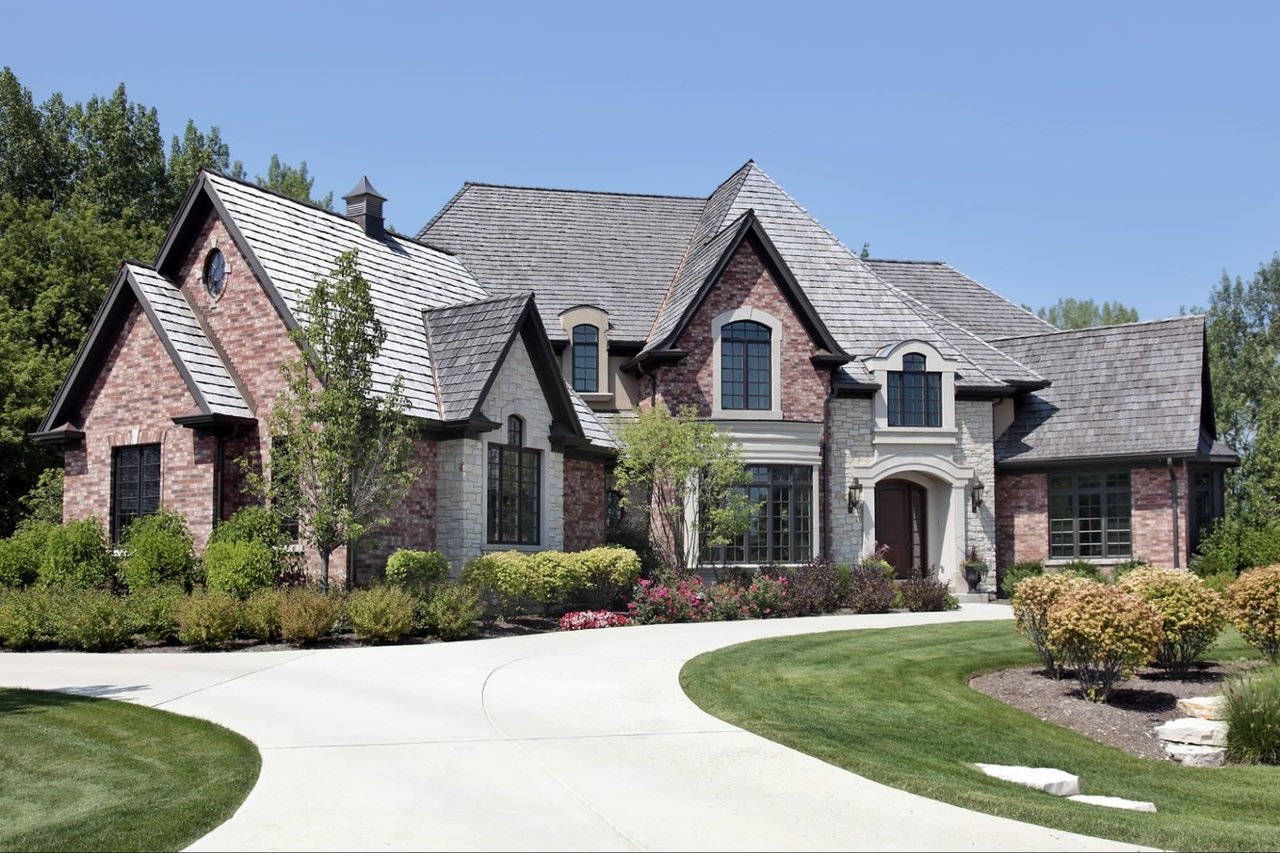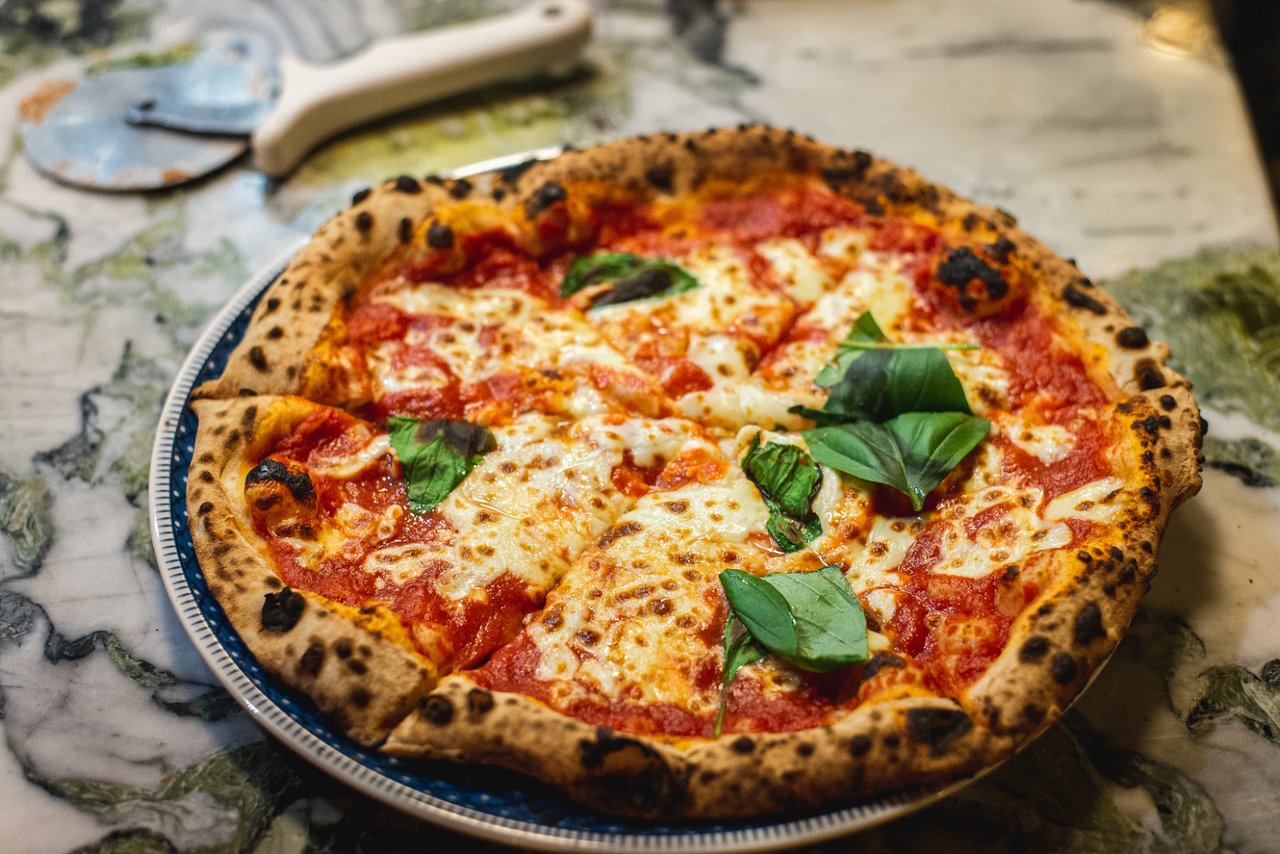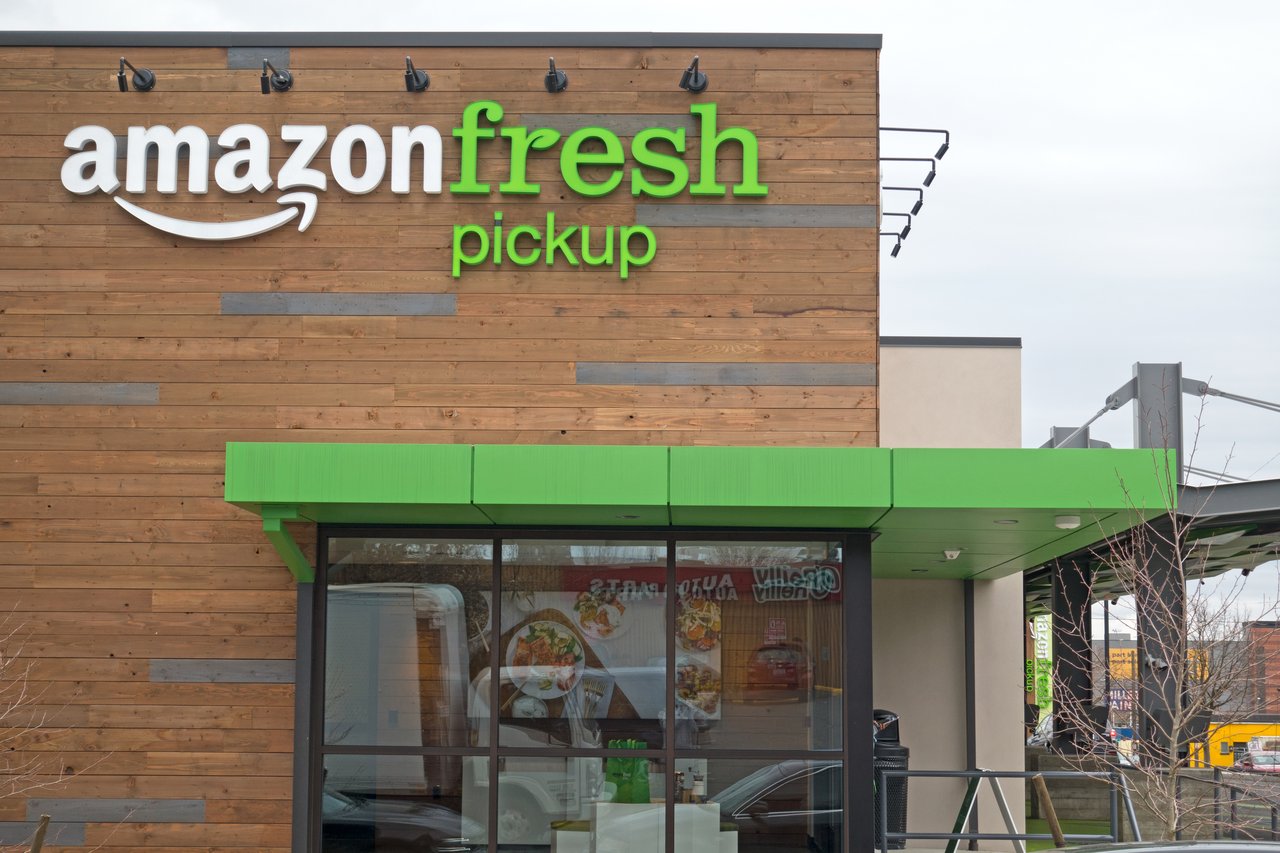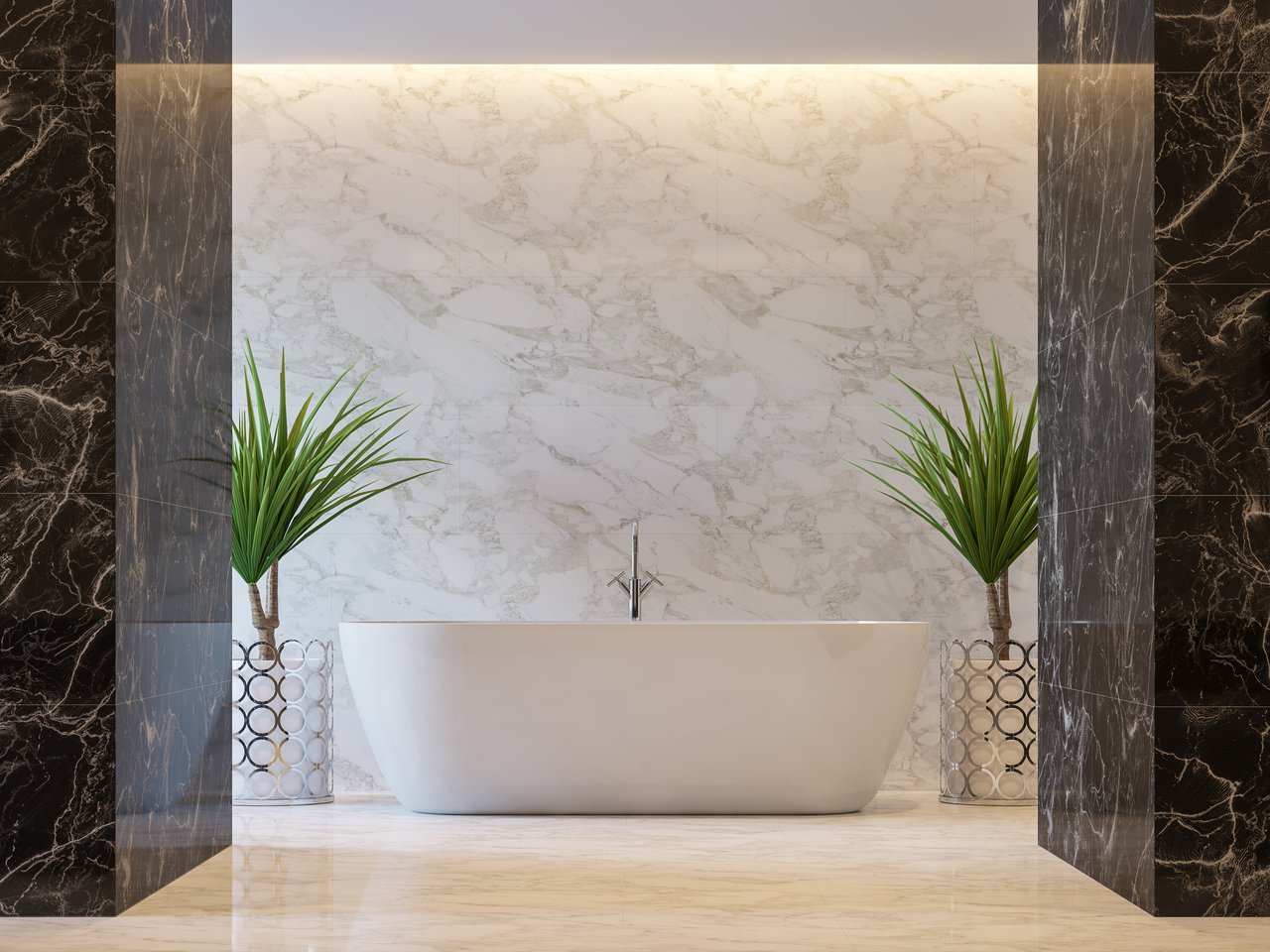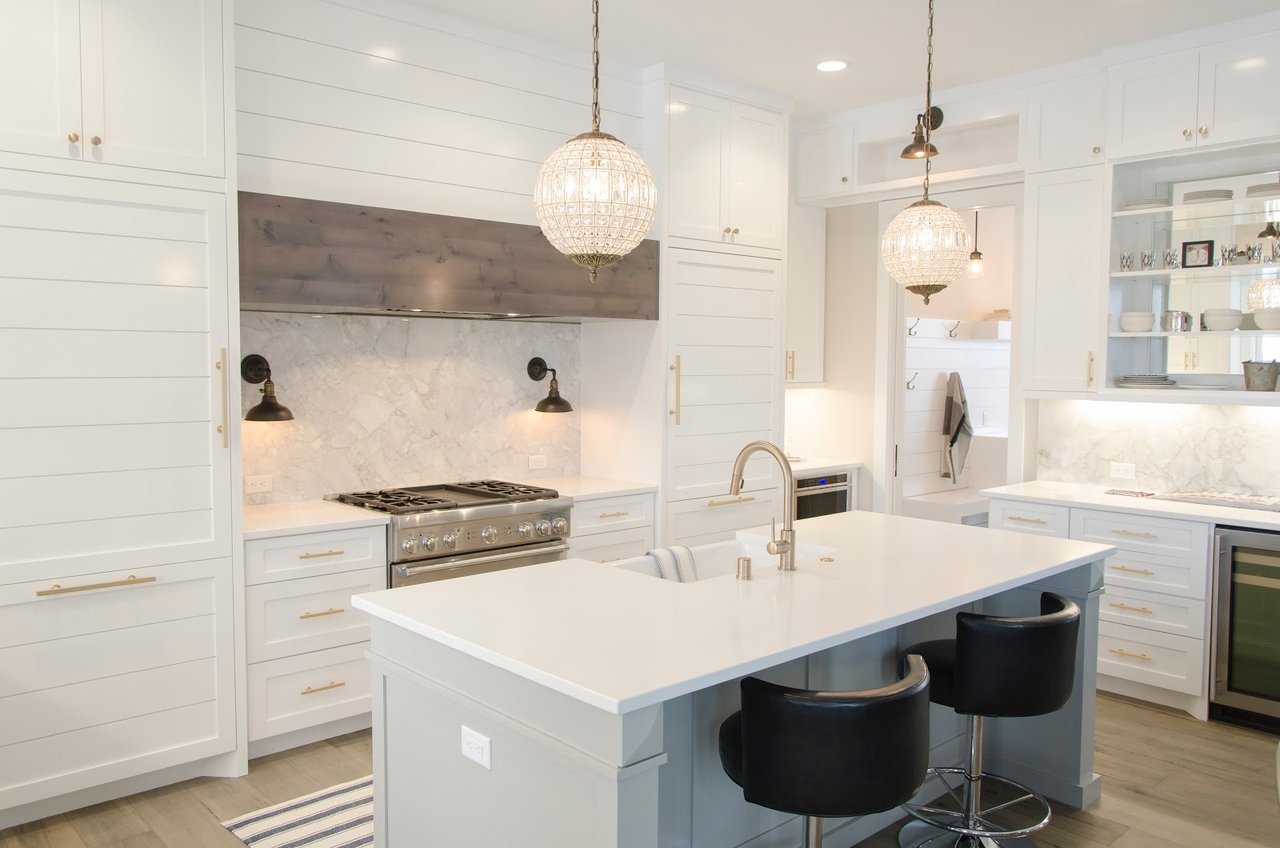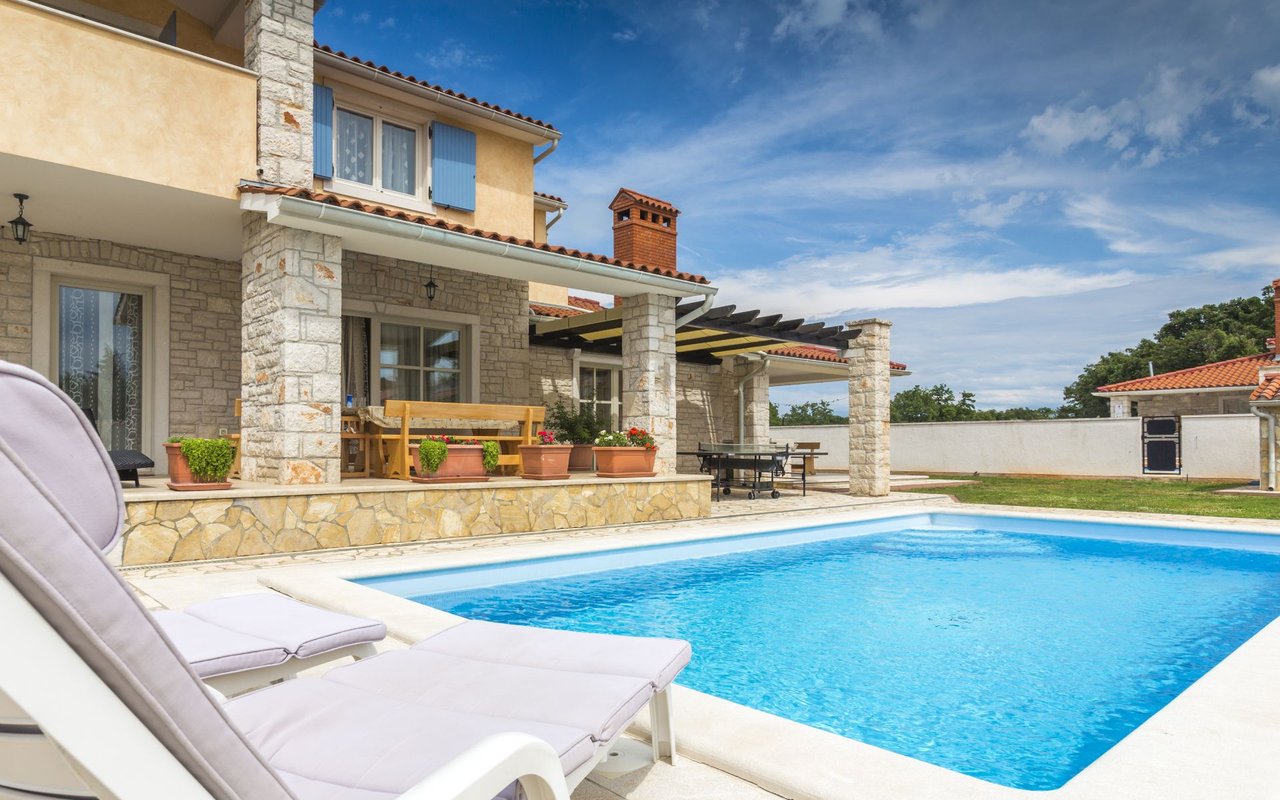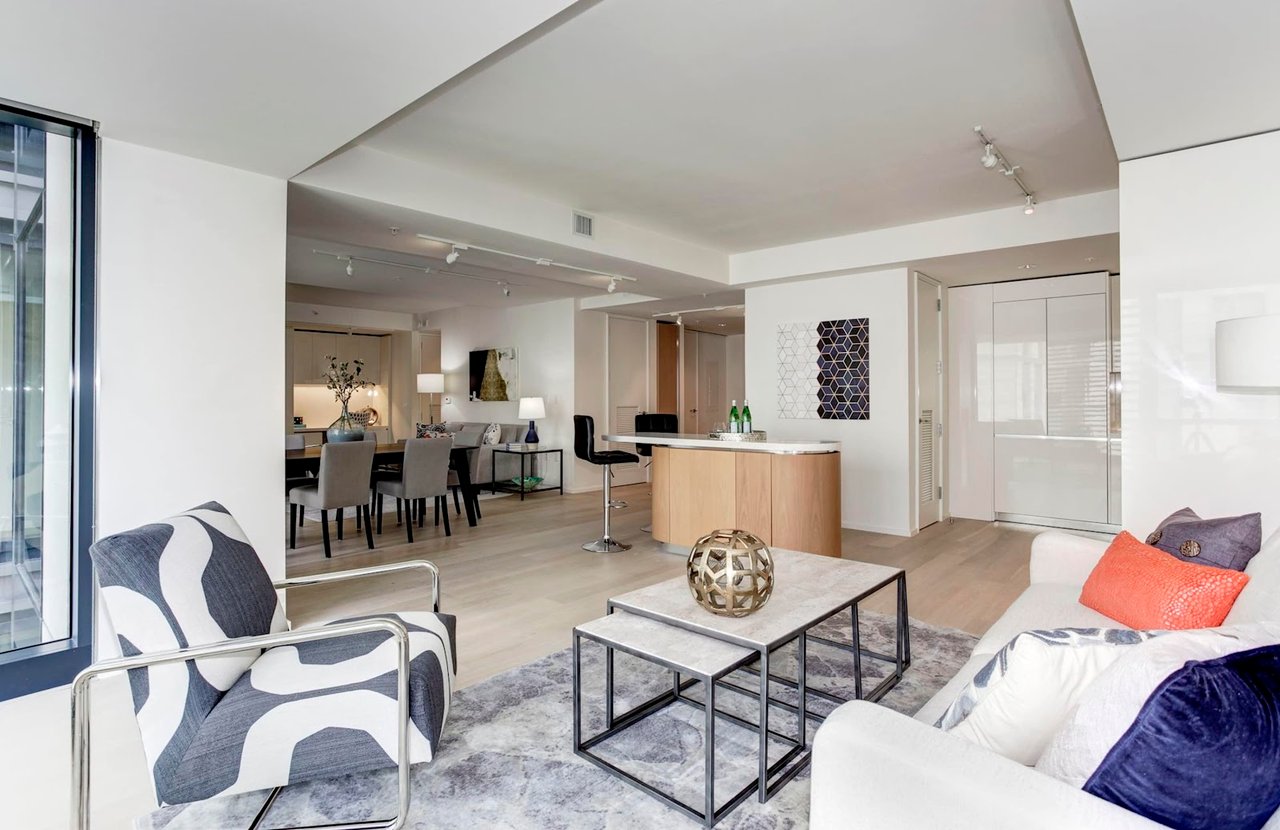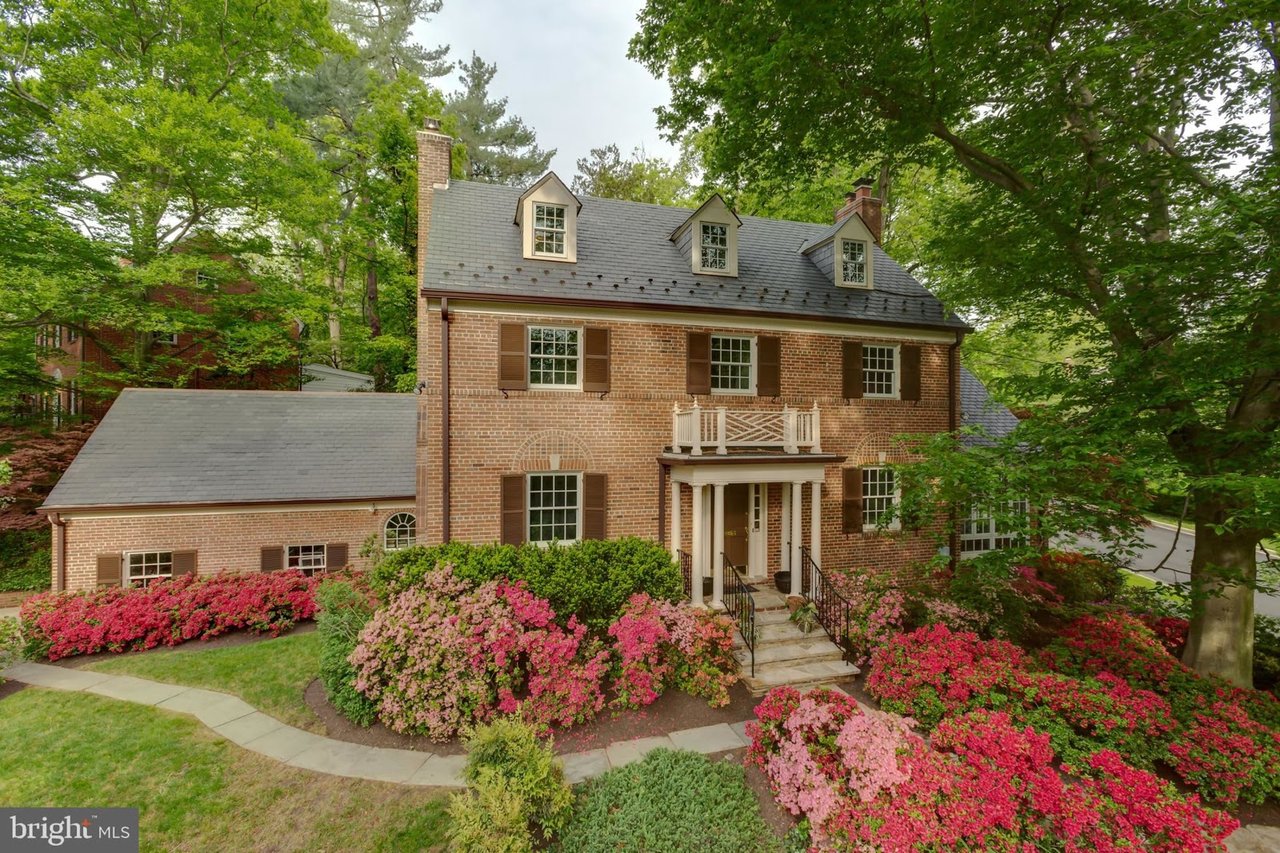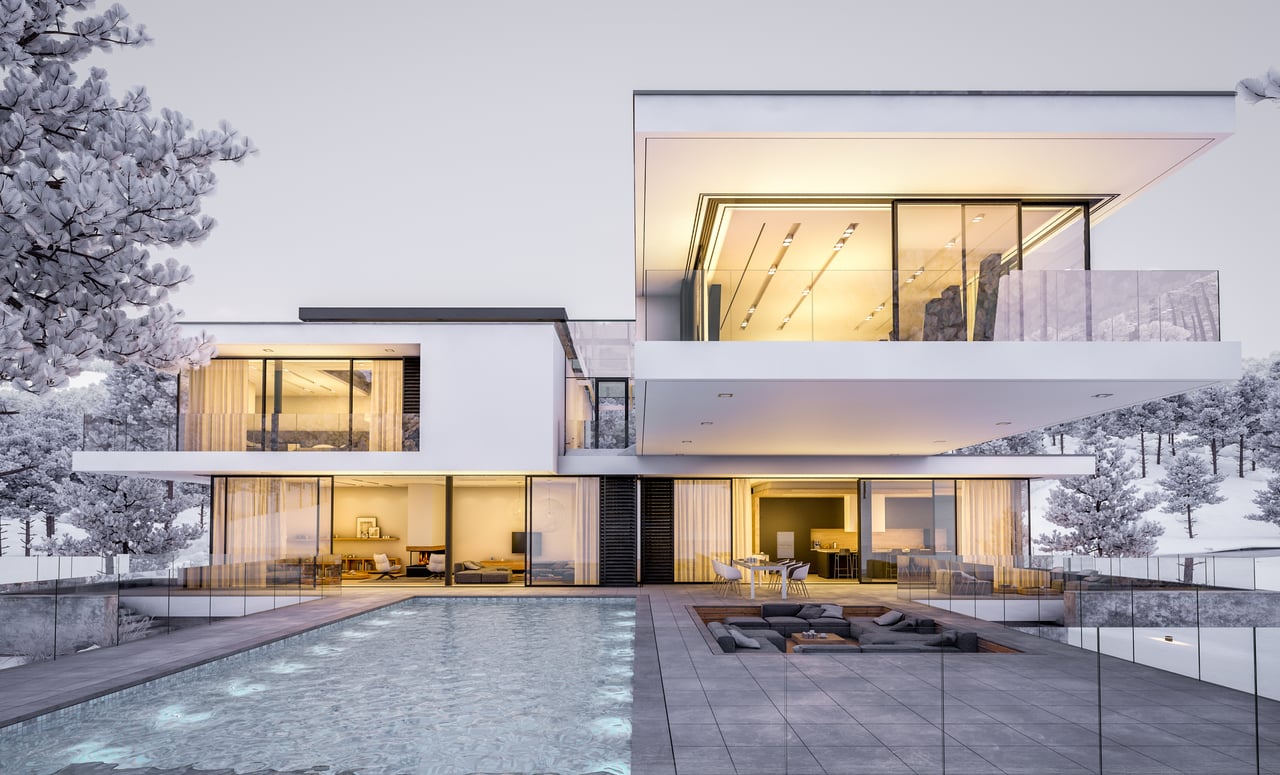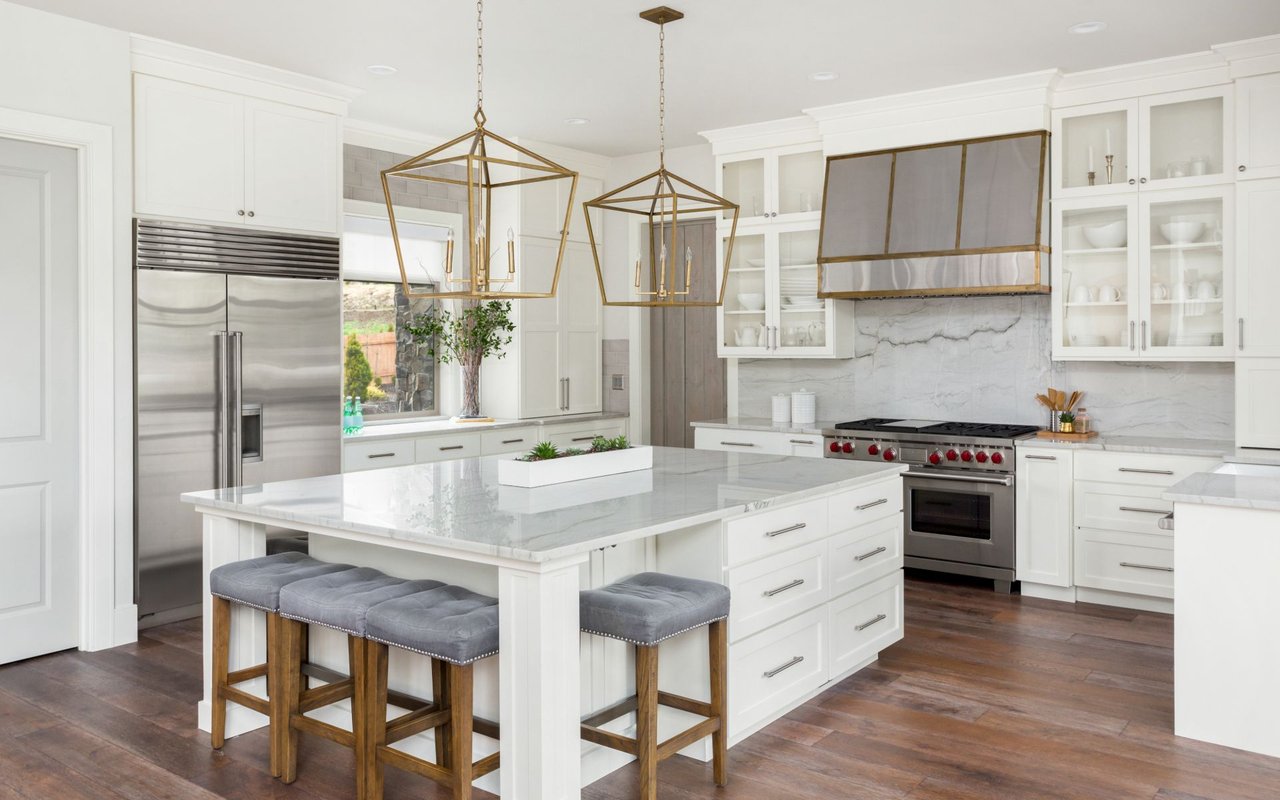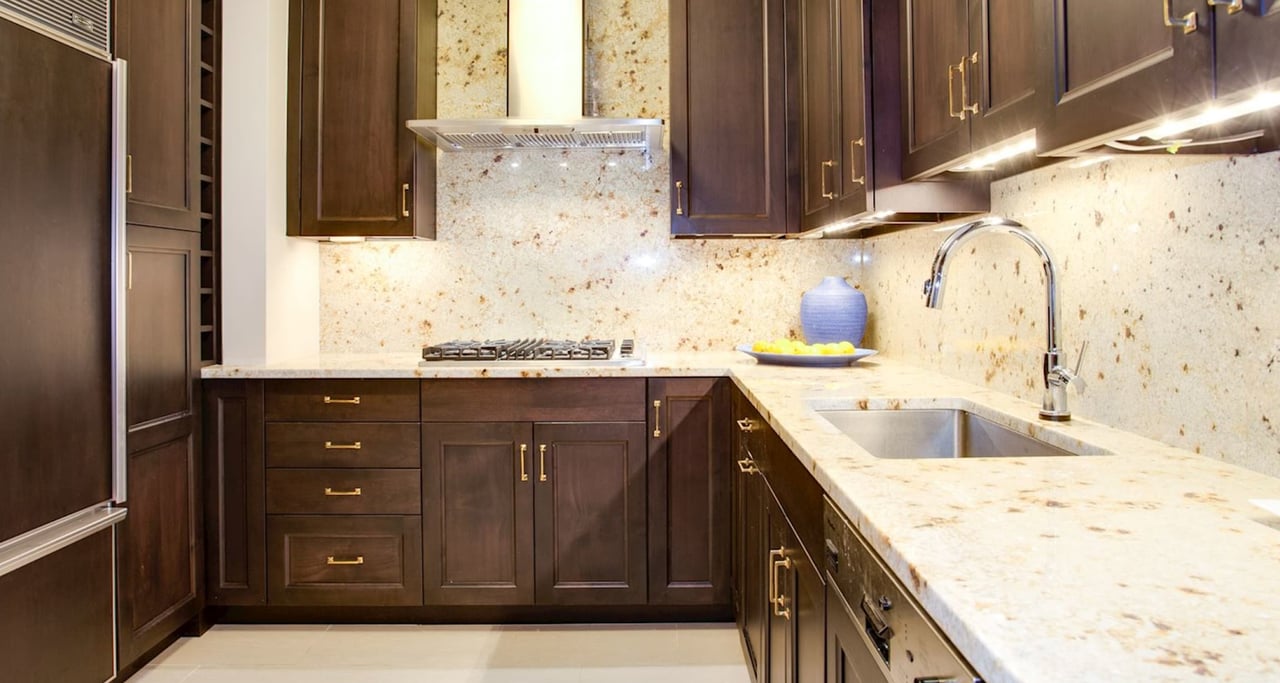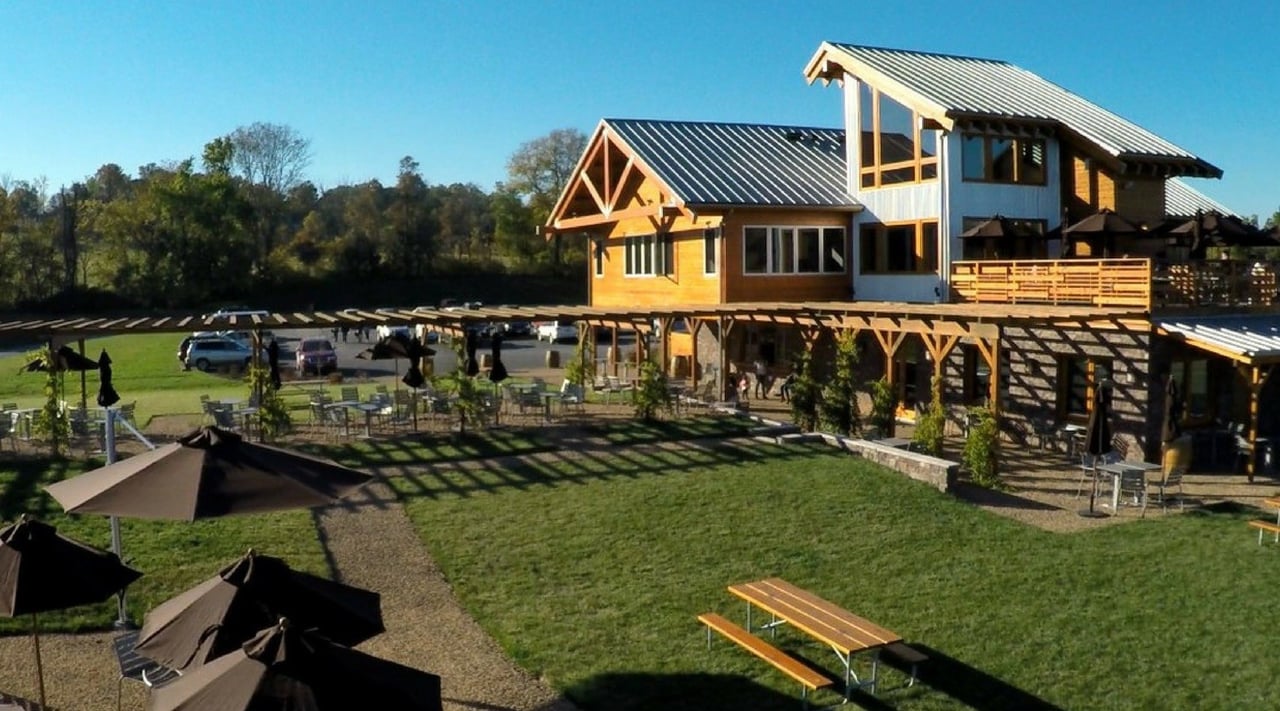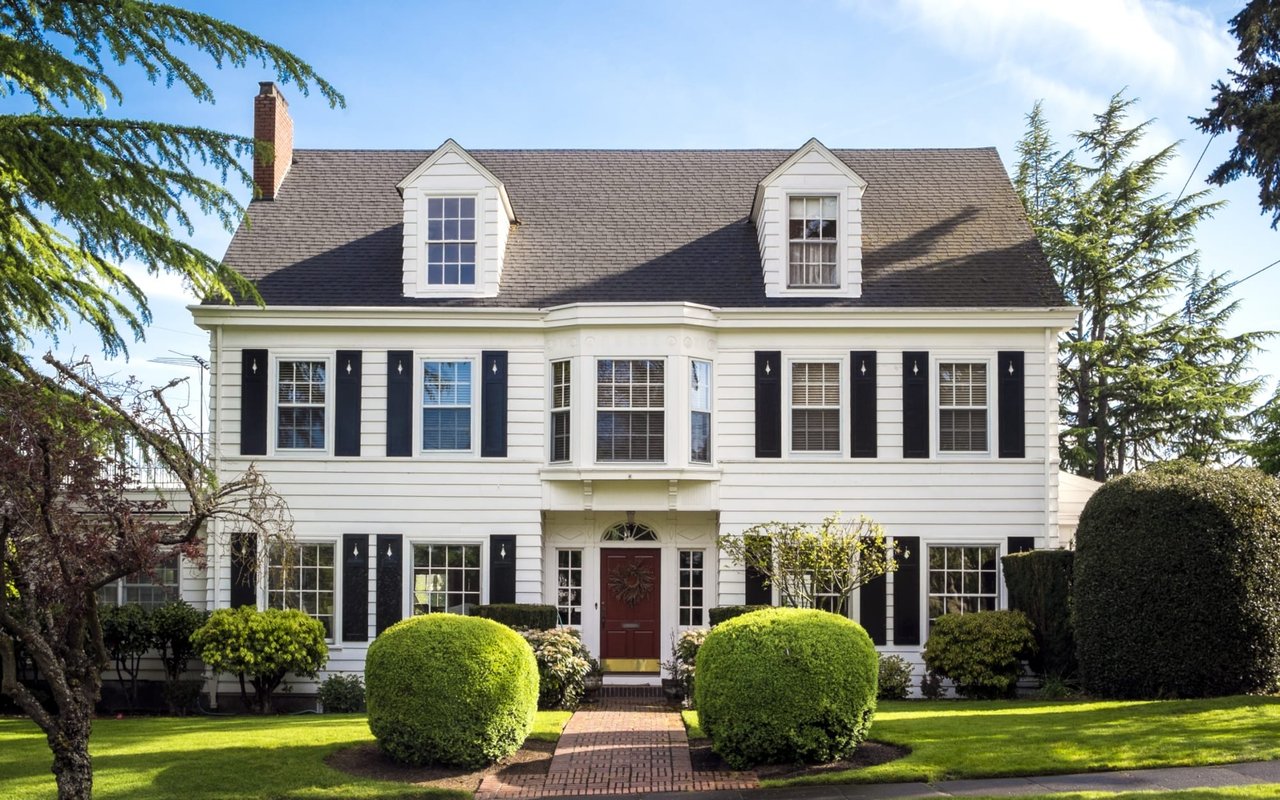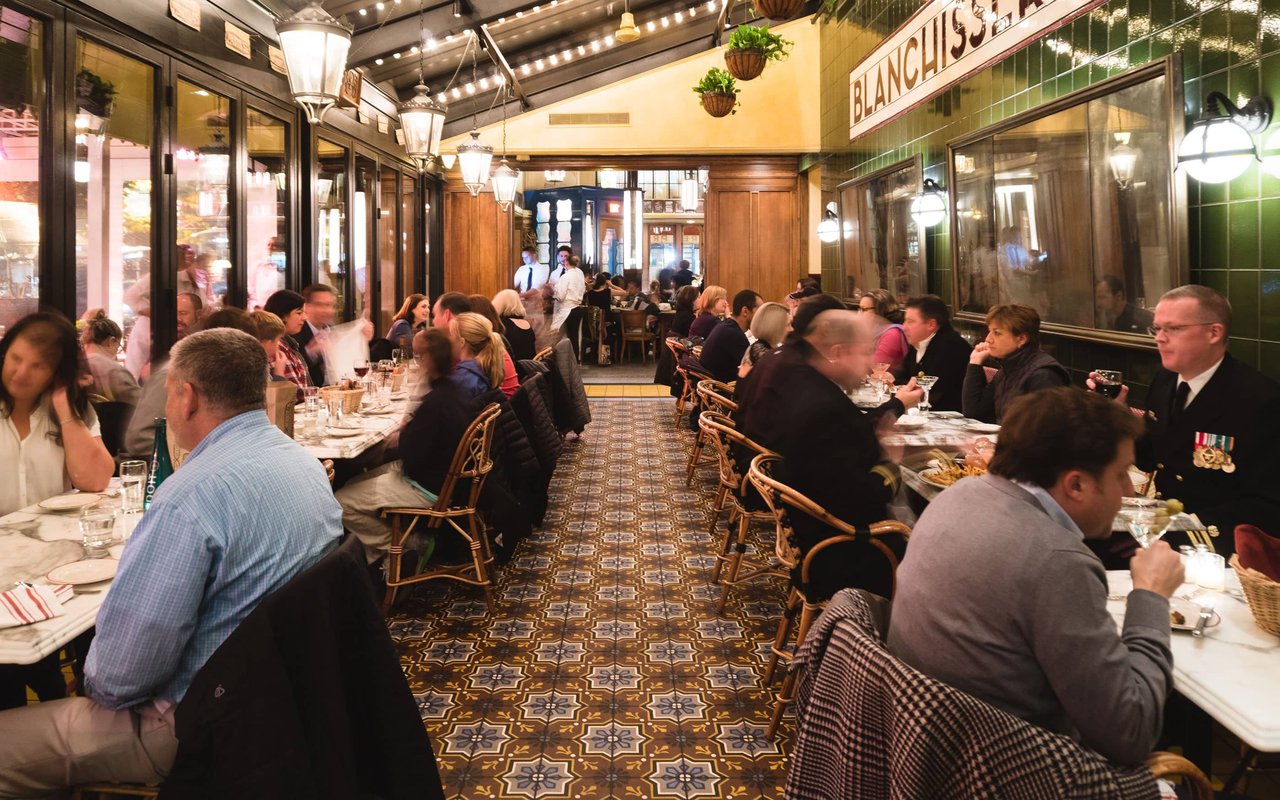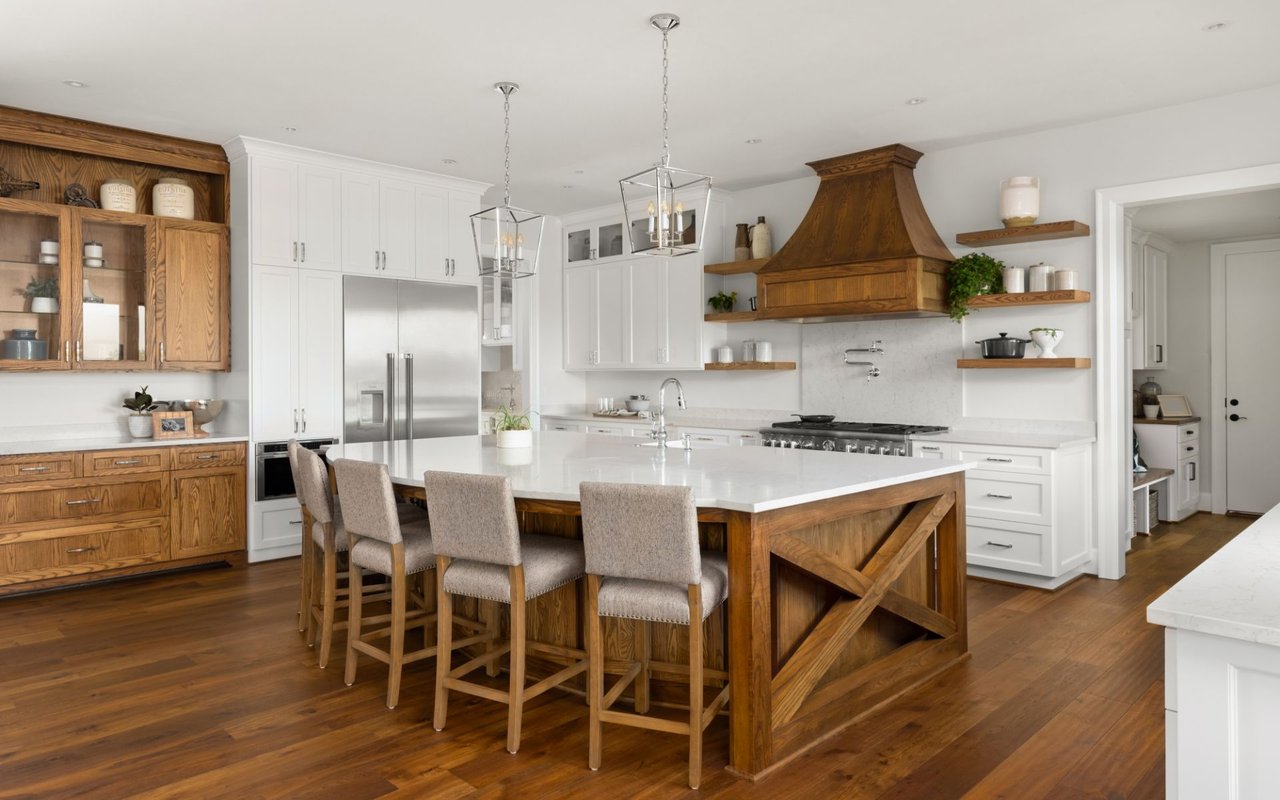FROM OPEN FLOOR PLANS TO POPS OF COLOR, FIND OUT HOW TO TAKE YOUR D.C. KITCHEN TO THE NEXT LEVEL
Remodeling a kitchen can be tricky. Entertaining guests can be made simpler with a beautiful and functional kitchen space. From large renovations to final touches, these 14 kitchen design tips will have your D.C. home feeling brand-new.
1. OPEN UP
No matter the size of your kitchen, creating an open floor plan can freshen up a space while boosting functionality. Galley kitchens, while still usable, have dropped in popularity because their shallow design isolates the kitchen from the rest of the house, which often leaves homeowners feeling left out of the party.
2. COUNTER ATTACK
One of the key aspects of kitchen design is creating a usable work area. Outdated grout can make it tricky to effectively clean countertops. Fashionable countertops made from quartz are rising in popularity because they boast easy-to-clean, stain-resistant surfaces that do not sacrifice style. Whether you lean toward industrial concrete or lavish marble, your countertop is a staple accessory that often dictates every other design choice, so choose wisely!
3. COLORIZE
Using the wrong colors in your kitchen can dwarf an already limited space. Brighten your kitchen with smart contrasts rather than heavy, outdated woodwork. Utilizing light paint colors or wood finishes for cabinetry can help make even the smallest kitchen feel large. Using accent colors will build dimension.
4. LIGHTEN UP
Perhaps more so than any other room in the house, the kitchen demands to be well lit. When knives and graters, peelers and slicers are involved, it’s advisable to keep an eye on things. Choosing the right light fixtures for your space can make or break your kitchen. Under-the-counter lighting provides direct light that won’t cast shadows from behind you, which often makes it more difficult to see in the workspace. Additionally, natural light is invaluable in a kitchen.
5. STORAGE
Washington, D.C. is known for notoriously small kitchen areas, so it is imperative when redesigning to consider ways to accommodate storage. Open shelving from a design outlook can be alluring, but is it practical for your space? When it comes to storage, there are plenty of options to consider: a Lazy Susan, upper cabinetry, a French pot rack. Establishing plenty of room for storage will help keep countertops free of unnecessary clutter and ultimately supports a streamlined kitchen where everything has its place.
6. IN SINK
Selecting the perfect sink can make a world of difference in your kitchen. Not only should it be functional, a fashionable sink base and faucets add aesthetic appeal right down to the last drop. Consider whether you prefer a divided sink or one that is farmhouse-style. Then choose hardware that complements your existing design plans for a seamless, cohesive look.
7. ISLAND TIME
Adding an island to your renovation plan can be a lifesaver. Room permitting, an island works doubly as counter space for prepping meals and eating space once food is served. With bar stools in the heart of the action, the house chef won’t feel isolated from guests while entertaining.
8. TRASH TALK
It is easy to forget about waste disposal when caught up in choosing drawer handles, cabinets, and countertops. But having an efficient way to handle your trash and recycling is imperative for a sleek kitchen. Built-in waste receptacle spaces minimize clutter on the floor, and purposefully equipping your kitchen with recycling bins promotes smart waste handling.
9. FAMILY FRIENDLY
Considering all members of the family when designing your perfect kitchen can eliminate mishaps down the line. Situating stovetops and ovens away from high-traffic areas in the kitchen can cut back on possible spills and burns when little ones go speeding through. Similarly, take into account the height of your youngest loved ones when placing appliances and utensils so they can reach only what is safe for them to use.
10. GATHER AROUND THE TABLE
The kitchen used to be a single-use room. Its sole purpose was to put food on the table. Lately, however, kitchens have taken on additional uses: homework on the dining table, drinks before dinner, all-hands-on-deck congregation space. Balancing the actual cooking with everything else that happens in a kitchen can sometimes feel daunting. Use built-ins, like islands and dining nooks, to help manage your space. Allowing for elbow room in the kitchen when drafting dream home kitchen designs will help accommodate those extra bodies so that everyone feels comfortable.
11. TRIANGLE TRIUMPH
Ergonomics affect the ease with which we are able to accomplish tasks, and simplifying the kitchen workflow will make meal prep a breeze. A poorly designed kitchen might unwisely spread out the three primary appliances: the stove, the refrigerator, and the sink. In most cases, the Kitchen Triangle is suggested. Making sure that the most frequently used facets of your preparation area are adequately spaced will help alleviate traffic jams and boost kitchen productivity.
12. TAKE IT OUTSIDE
Design expert Jerome Buttrick suggests building an outdoor eating space, if possible. This doubles your entertaining area, allowing guests the freedom to mosey and mingle under the sun. A deck, patio, or balcony seating area creates an alfresco experience that makes every meal feel like a special occasion. The refreshing change of scenery heightens the dining experience and boosts the curb appeal of your Washington, D.C. real estate.
13. CREATIVE OUTLETS
At some point, you will inevitably want to plug in something new, be it a standing mixer, an espresso machine, or a charger for your phone. Placing wall outlets strategically throughout the kitchen will save you trouble in the future. No more tripping over extension cords or taking a hundred extra steps just to pulse a puree.
14. JUST A FORMALITY
Deciding whether your house maintains a formal dining room can have a massive impact on the blueprint of your kitchen. An eat-in kitchen isn’t necessary if you intend to serve meals in a nearby dining room. If you have the space, why not have both? An island bar or breakfast corner offers small seating solutions to maximize kitchen potential for homeowners who want it all. But whatever you decide on, choosing your preferred method of dining is highly advised before renovations begin.
If you’re ready to cook up a new kitchen design, contact me today. I can help you find the perfect Washington, D.C. luxury estate so you can start throwing the dinner parties of your dreams.

